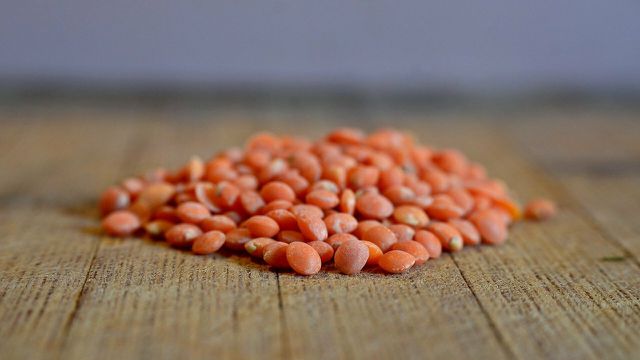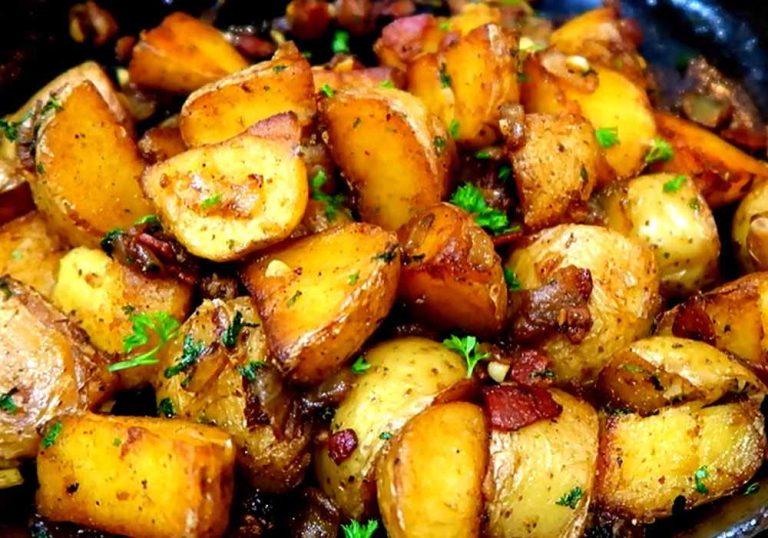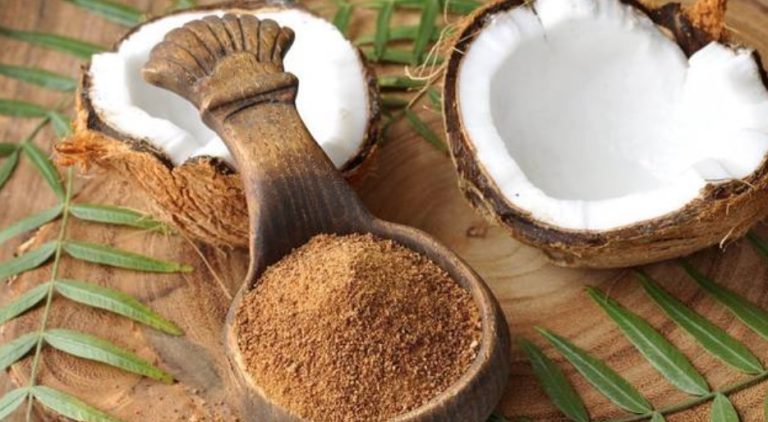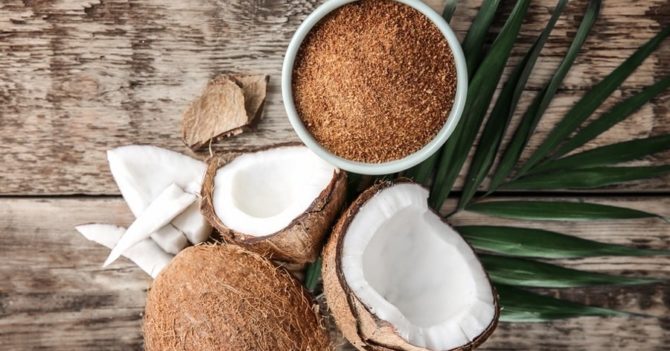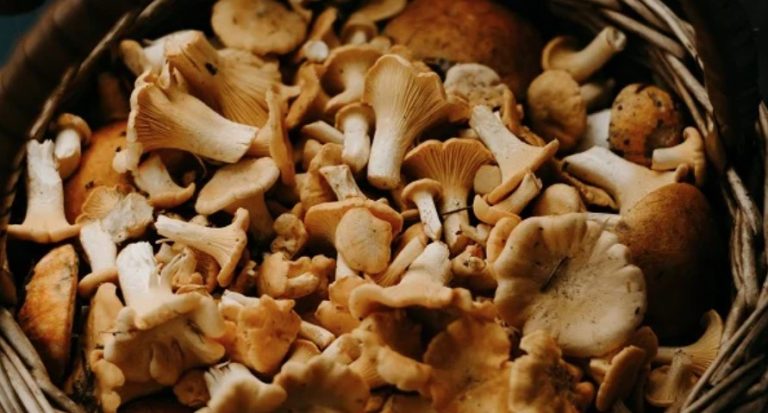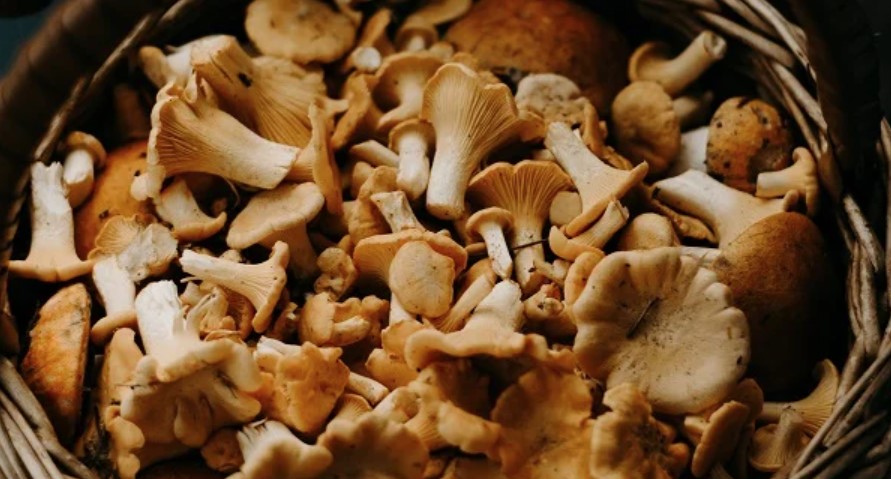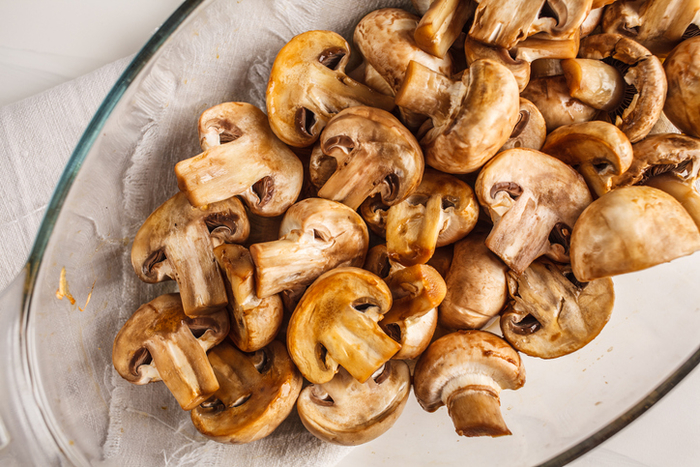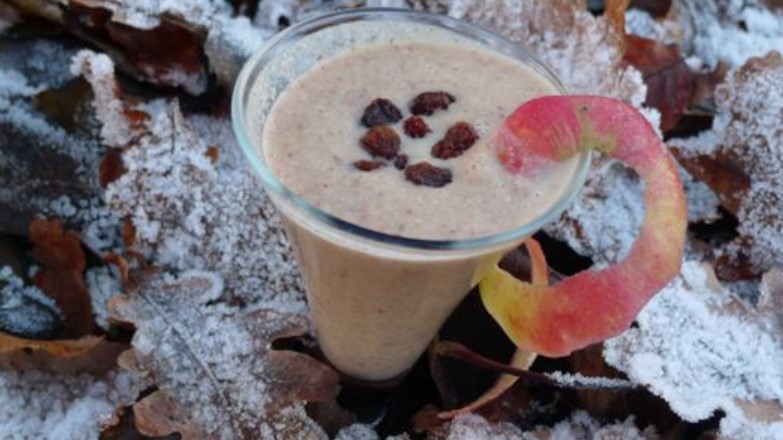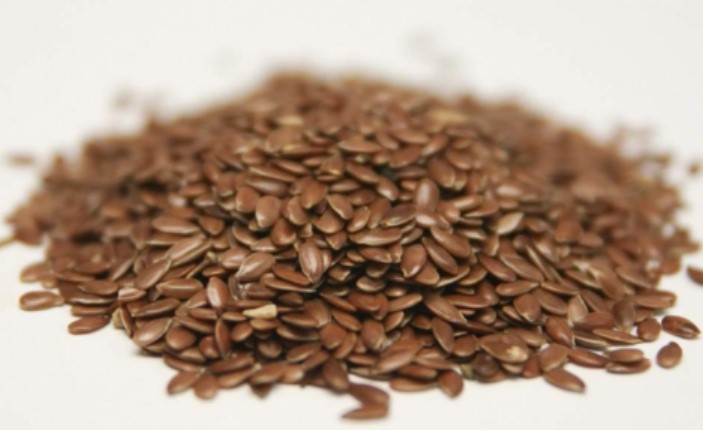We think of some food as healthy when the opposite is true. Much of it is also too tasty to do without entirely. However, with these ten unhealthy foods, less would be better.
Actually, we all want to eat healthy – at least in theory. And you probably can’t hear nutrition tips anymore or you’re completely confused about what you should and shouldn’t eat. There are a lot of myths about food and especially about healthy eating. There are a wide variety of diets: from Paleo, to raw food and low carb, to veganism, detoxing or so-called clean eating. Ultimately, it is up to you to decide which diet you feel comfortable with.
However, some well-known foods fall under the category of unhealthy food – and sometimes even harm our environment. We should therefore not eat this food anymore (or at least much less often). Fortunately, there is a good alternative for almost everything.
Unhealthy Eating: White rice contains fewer nutrients

Rice is not just rice: For white rice, the grains are ground. This means that the husk, the so-called silver skin and the germ are removed from the paddy rice. Then the grains are polished. Only the starchy kernel of the rice grain remains. The valuable nutrients contained in the peel are lost in the process.
So white rice “only” fills you up without providing you with many nutrients. People who regularly eat large amounts of white rice can also increase the risk of developing diabetes.
So-called parboiled rice is a little better than white rice: it is soaked, treated with steam pressure and dried before it is peeled and polished. As a result, the nutrients migrate inside and the end product still contains around 80 percent of the vitamins and minerals. However, it lacks fiber.
The healthiest rice is wholegrain rice: it is neither ground nor polished and therefore contains much more fibre, vitamins and minerals. Wholemeal rice looks brownish and is also called brown rice. We recommend whole grain rice in organic quality Good to know: Öko-Test has proven that problems with cadmium and arsenic occur time and again in rice.
Instant Vegetable Broth: Too much isn’t healthy
Instant Vegetable Broth Powder is handy for quick soups, broths or sauces. But often there are not many vegetables in it: Salt is usually the first ingredient in the list of ingredients. Followed by the flavor enhancer glutamate. Glutamate has fallen into disrepute because it can possibly lead to allergic reactions and is said to stimulate the appetite. The scientific evaluation is not yet complete, so recommendations are ambiguous.
The Federal Institute for Risk Assessment and the German Society for Nutrition consider occasional consumption to be harmless. However, consumer centers advise against frequent consumption. In addition to salt and flavor enhancers, there are flavors, palm oil and sugar in vegetable broths. And they are a good reason to do without instant vegetable powder.
A better alternative are organic vegetable broths, no flavor enhancers and other questionable additives may be used here. Although there is yeast extract in some organic vegetable broths, which contains a small amount of glutamate, a study by the Münster University of Applied Sciences and the Bundesverband Naturkost Naturwaren could not make any clear scientifically based statement for or against the use of yeast extract in organic food.
Ready-made salad – an unhealthy food
Salad from the bag is tempting: no washing, no chopping, all that’s missing is the (ready-made) salad dressing and the “healthy” meal is ready. But unfortunately it’s not that simple. Apart from the fact that ready-to-eat salad cannot do without plastic packaging that is harmful to the environment and therefore ultimately unhealthy for people, it is also directly unhealthy for several reasons.
Instead of unhealthy white flour products, it is better to use whole grains
Unhealthy food: White flour usually refers to “Type 405” or “Type 550” wheat flour. It is normal household flour, which is often used for rolls, for example, because of its good baking properties. The number stands for a low degree of grinding and reflects the mineral content. Type 405 is the lowest number and therefore also contains the fewest minerals. The higher the number of a flour type, the healthier the flour.
In addition to the low nutrient content, white flour products have other health disadvantages: they are often high-calorie, high-fat and high-sugar products such as biscuits, croissants, cakes or toast. Similar to white rice, white flour products simply fill you up without supplying your body with important nutrients.
It doesn’t matter whether it’s wheat or spelt: with wholemeal flour, all the components of the grain are retained. Whole grain products therefore contain more minerals, vitamins and fiber and keep you full for longer.
Avoid unhealthy food: muesli instead of breakfast cereals
Unfortunately, chocolate muesli, cornflakes and honey pops are not a good start to the day. Breakfast cereals are highly processed and unhealthy foods because they often contain way too much sugar. They are high in calories, don’t fill you up for long, and are often fortified with artificial minerals and vitamins.
The latter sounds good, but it’s not: In Germany, most people are sufficiently supplied with nutrients. Excessive intake of fortified foods can even have adverse health effects. How about a muesli made from whole grain flakes, fresh seasonal fruit and a few hazelnuts from Germany instead? We have put together the best organic mueslis without palm oil for you – feel free to vote for your favourite.
Chocolate spread is not a healthy breakfast
A slice of white bread with chocolate cream on top. The perfect day begins, the ads lead us to believe. But the sweet cream for breakfast is not a good idea: Half of it consists of sugar, followed by palm oil, followed by hazelnuts and cocoa. This is actually more of a candy than a healthy breakfast.
Fruit juice drinks contain too much sugar
Fruit juice drinks promise an extra portion of vitamins for the immune system. Unfortunately, fruit juice drinks are rarely healthy: They contain a relatively high amount of sugar, which is why you should not drink them as a thirst quencher.
The fruit content in fruit juice drinks is often low. For this, water, sweeteners and vitamins are mixed in (therefore they can no longer be called “juice”). Manufacturers are happy to add vitamins C, E and provitamin A (beta-carotene). But the benefit of such artificial vitamins for our body is also controversial. Organic not-from-concentrate juices are better!
Legumes instead of protein and energy bars
As a (hobby) athlete, you treat yourself to a protein or energy bar every now and then. It gives you strength and promotes muscle growth – you think so. The reality is different: the bars are anything but healthy and natural. They are high in calories, highly processed and require added sugar, flavorings and isolated vitamins and minerals.
For athletes, a healthy and balanced diet makes more sense than energy and protein bars. For example, legumes such as lentils and peas or potatoes and whole grain products contain many valuable proteins. Or simply make energy balls yourself as a healthier alternative to energy bars.
Beware of unhealthy food: avoid cured sausage and meat products
Curing is an ancient preservation method. Meat and sausage products are preserved by treating them with curing salt, a mixture of salt and potassium or sodium nitrites (E249 – E252). The nitrite can form the so-called nitrosamines with amines (proteins). They occur particularly at high temperatures. Nitrosamines have been shown to be carcinogenic in animal experiments.
Today, meat and sausage products only contain small amounts of nitrite. But the consumer centers advise against frequent consumption. If you eat meat, choose organic meat instead. Organic farming associations such as Bioland or Demeter do not use nitrite curing salt.
Unhealthy food: better no light and diet foods
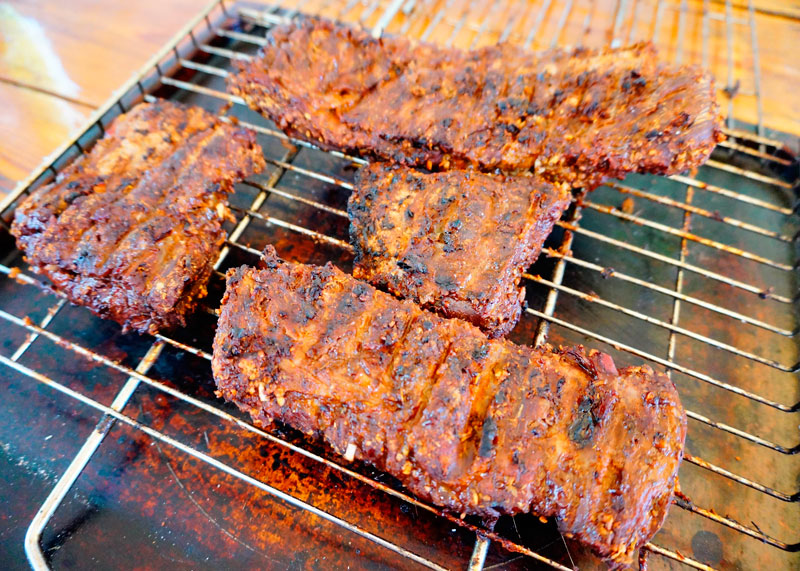
Light and diet products promise to contain less energy, sugar or fat. However, the reduced nutrient is often replaced by another and in the end the calorie content hardly differs from each other. To make light and diet products taste good, manufacturers use flavor enhancers, aromas and sweeteners.
Unprocessed products are better than industrially processed light and diet products. For example, try natural yoghurt with fresh fruit instead of light fruit yoghurt.




